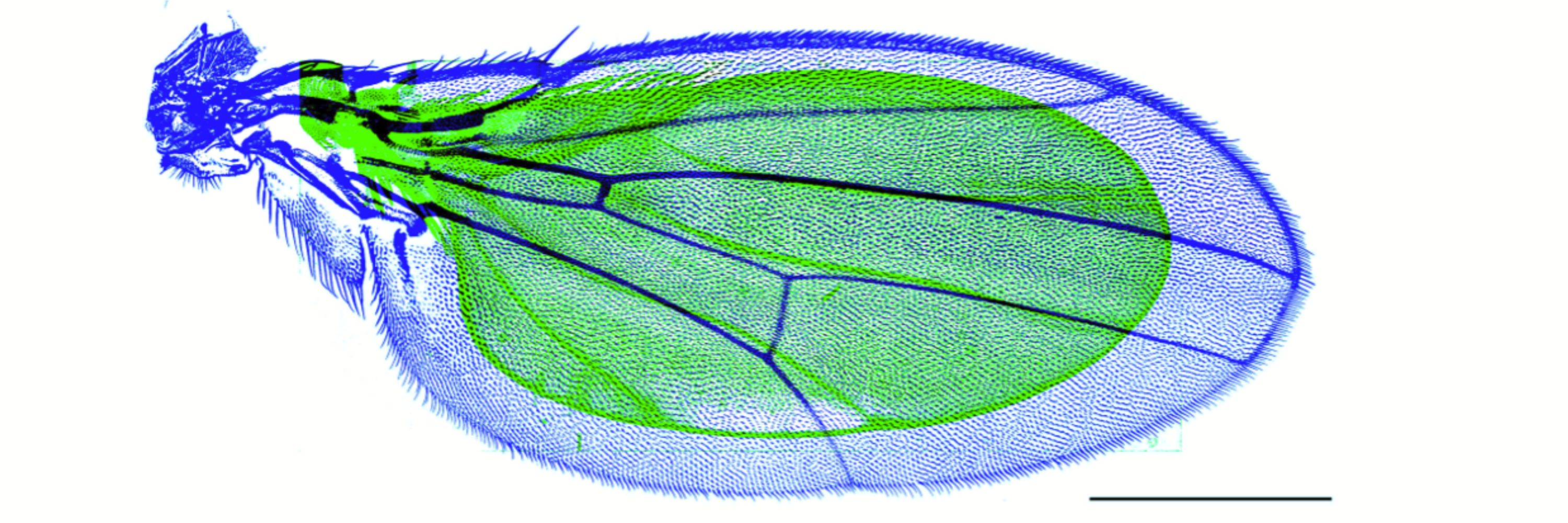Jana Fuhrmann
@janafuhrmann.bsky.social
150 followers
300 following
12 posts
Hi, I am a scientist working on epithelial Morphogenesis @IBDM Marseille. Passionate about Development, Shape, Evolution, and turning pretty pictures into numbers
Posts
Media
Videos
Starter Packs
Reposted by Jana Fuhrmann
Reposted by Jana Fuhrmann
Jana Fuhrmann
@janafuhrmann.bsky.social
· Dec 11
Jana Fuhrmann
@janafuhrmann.bsky.social
· Dec 11
Jana Fuhrmann
@janafuhrmann.bsky.social
· Dec 11
Jana Fuhrmann
@janafuhrmann.bsky.social
· Dec 11
Jana Fuhrmann
@janafuhrmann.bsky.social
· Dec 11
Jana Fuhrmann
@janafuhrmann.bsky.social
· Dec 11
Jana Fuhrmann
@janafuhrmann.bsky.social
· Dec 11
Jana Fuhrmann
@janafuhrmann.bsky.social
· Dec 11
Jana Fuhrmann
@janafuhrmann.bsky.social
· Dec 11
Jana Fuhrmann
@janafuhrmann.bsky.social
· Dec 11



